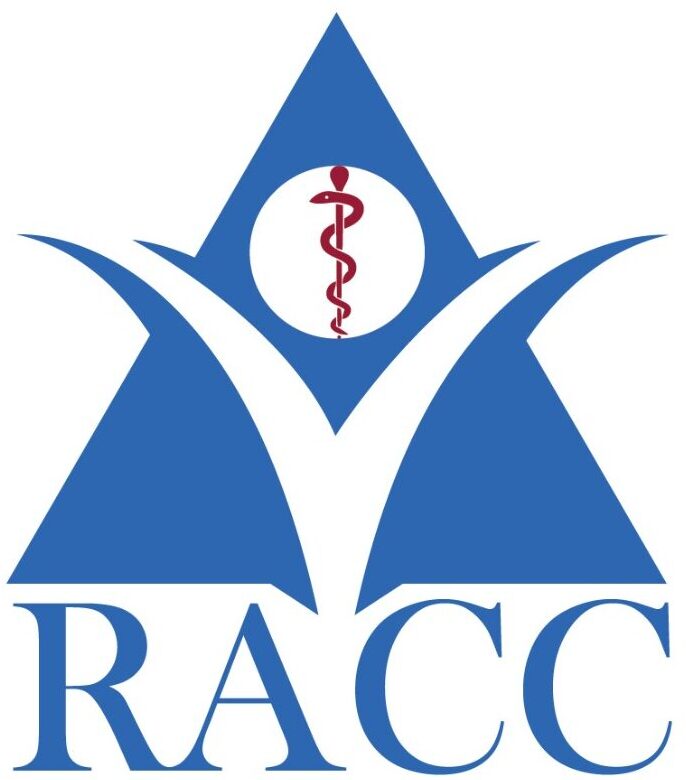In this insightful guide, we aim to expand awareness about food poisoning. We will delve into its causes, symptoms, and the vital first steps to take when encountered with it. By the end of this piece, you’ll be equipped with knowledge to better protect yourself and others from this uncomfortable and often risky condition.
Introduction to Food Poisoning
Food poisoning is an ailment that results from consuming contaminated food. The significance of understanding this condition is crucial for maintaining public health. Each year, millions suffer from this food illness, which can vary in severity from mild discomfort to severe illness.
The public health implications are vast, as outbreaks can affect entire communities and lead to hospitalizations. Therefore, enhancing awareness around food intoxication symptoms and proper preventive measures can mitigate risks significantly. Recognizing signs early and understanding the food poisoning treatment options available is central to handling these situations promptly.
Decoding Food Poisoning: What Is It?
Food poisoning is a term used to describe a host of illnesses that result from ingesting spoiled or contaminated food. Common myths, like blaming spicy food or introducing a unique diet, often distract from real causes.
Instead, the focus should be on recognizing and managing food sickness symptoms effectively. There are many misconceptions about what causes it, but understanding the core culprits—bacteria, viruses, and toxins—is vital.
Common Causes of Food Poisoning
There are several key food poisoning causes:
- Bacterial: Pathogens like Salmonella, E. coli, and Listeria are notorious for triggering food illness. They thrive in improperly stored or cooked foods.
- Viral: Viruses such as Norovirus and Hepatitis A are known for their rapid spreading and can cause severe food sickness symptoms.
- Parasitic and Toxin Contamination: Consuming contaminated water, or indulging in ventures like foraging for toxic mushrooms, can also lead to food poisoning.
Being aware of these contributors is crucial in understanding the overall landscape of food intoxication symptoms.
Major Sources and Risk Foods
Certain foods pose a higher risk for food poisoning. Familiarize yourself with these risks:
- Inadequately cooked meats
- Raw eggs in dishes
- Unwashed produce
- Contaminated water
- Unpasteurized dairy products
Knowing these common culprits helps in mitigating exposure risks. Always ensure these foods are handled and prepared safely.
Spotting the Symptoms of Food Poisoning
When dealing with food poisoning, look out for these symptoms:
- Nausea
- Vomiting
- Diarrhea
- Abdominal pain
While these signs might be common, more severe indicators warrant immediate attention. These include:
- Bloody stools
- Signs of dehydration like dry mouth and fatigue
Recognizing these food intoxication symptoms early can prevent complications and ensure timely food poisoning treatment.
Immediate Aid: First Response for Food Poisoning
If you or someone you know is suffering, follow these first response tips:
- Hydration is Key: Drink plenty of fluids, especially water, to combat the dehydration often accompanying food poisoning.
- Rest and Recovery: Allow your body to recuperate by getting enough rest. It speeds up the recovery process.
- Dietary Adjustments: Opt for bland foods like bananas, rice, and toast, which are gentle on the stomach.
These are initial steps to alleviate food sickness symptoms before seeking further food poisoning treatment.
Medical Intervention: When to Consult a Professional
In many cases, home remedies suffice, but persistent or severe symptoms demand professional help. Consult a doctor if you notice:
- Symptoms lasting more than a couple of days
- Severe vomiting or long-lasting diarrhea
- Signs of dehydration
Certain groups are more vulnerable, including children, the elderly, and those with compromised immune systems. They may require immediate food poisoning treatment medicine.
Proactive Prevention and Safety Measures
Preventing food poisoning begins at home:
- Proper Food Handling: Always wash hands, surfaces, and utensils.
- Storage: Keep food at the correct temperatures to impede bacterial growth.
- Hygiene Practices: Regularly clean kitchen surfaces and cooking tools.
By adopting these practices, you reduce the likelihood of contracting or spreading food poisoning.
Dispelling Common Food Poisoning Myths
It’s important to address and correct misconceptions. Some believe toxic mushrooms or only undercooked meats cause food illness, but cross-contamination and improper storage are significant factors as well. Dispel these myths with education.
Conclusion: Awareness, Prevention, and Safety First
In sum, the importance of understanding food poisoning cannot be overstated. Recognizing food poisoning causes and symptoms is vital for health and safety. By taking preventive measures and being prepared with first response actions, you can protect both yourself and your loved ones from this often-avoidable condition.



